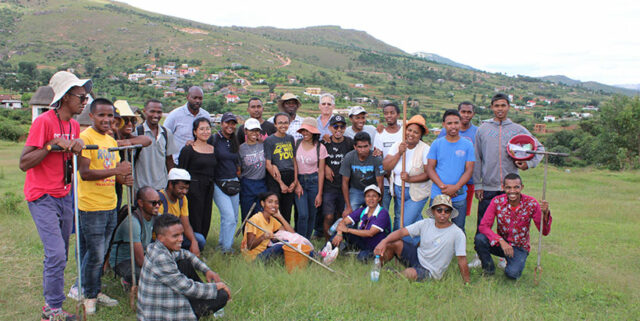
An open-access paper in Nature reports on the significant advantages of using the low-cost Farming with Alternative Pollinators (FAP) method to attract pollinators when compared to the reward-based Wildflower Strips (WFS) method used in many high-income countries.
Low- and middle-income countries cannot afford to pay for reward-based schemes that allow farmers to allocate pollinator-friendly wildflower strips alongside crops (land-sparing). The new study lead-authored by Dr. Stefanie Christmann, the original architect of FAP, assessed if the Farming with Alternative Pollinators approach can provide an incentive for farmers to protect pollinators without external rewards -and instead through higher income and reduced pest abundance. The first large-scale Farming-with-Alternative-Pollinators project in Morocco, used seven main field crops such as faba bean, zucchini, and eggplant, in over 200 farmer fields of four agroecosystems (adequate rainfall, semi-arid, mountainous, and oasis).



